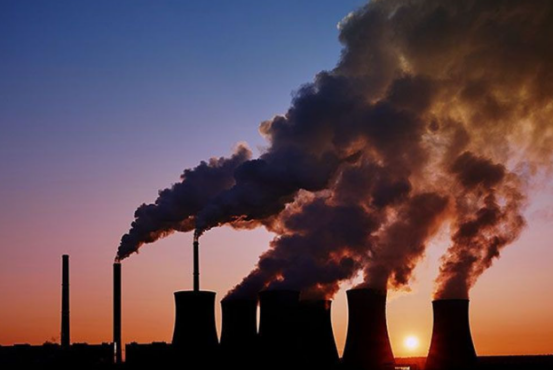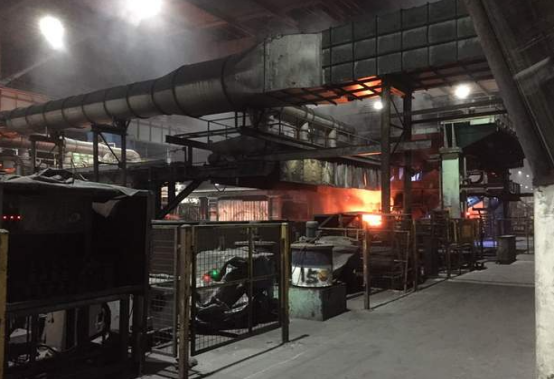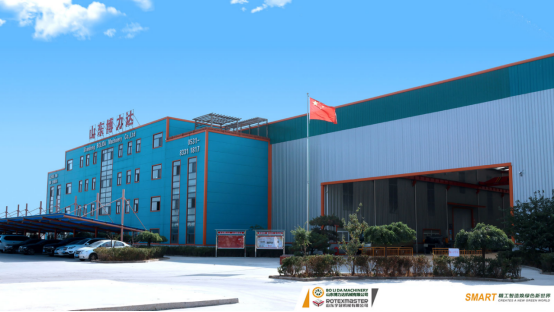Tracking Carbon Footprint: Lifecycle Emission Assessment of Biomass Pellets from Production to Application
Introduction
Biomass pellets, as a sustainable energy source, play a critical role in reducing reliance on fossil fuels. However, their environmental benefits depend on minimizing emissions across their entire lifecycle—from raw material collection to end-use applications. This article evaluates the carbon footprint of biomass pellets, focusing on the role of biomass pellet machines in optimizing production efficiency and sustainability.

1. Lifecycle Stages of Biomass Pellets
Ø 1.1 Raw Material Collection
The carbon footprint begins with biomass sourcing, such as agricultural residues, forestry waste, or energy crops. Sustainable harvesting practices, like avoiding deforestation and prioritizing waste utilization, significantly reduce upstream emissions. For instance, bamboo-based products have shown a carbon footprint range of -0.55–4.02 kgCO₂e/kg, depending on processing methods.

Ø 1.2 Production Phase
The biomass pellet machine is central to this stage. Key emission sources include:
ü Energy consumption: Electricity for grinding, drying, and pelletizing.
ü Material inputs: Emissions from steel production for machinery and chemical additives (e.g., binders).
Studies indicate that electricity use in processing contributes over 50% of emissions in similar bio-based product systems. Advanced pellet machines with energy recovery systems can cut energy use by 20–30%.

Ø 1.3 Transportation
Transporting raw materials and finished pellets involves fossil fuel combustion. Optimizing logistics (e.g., local sourcing) and adopting low-emission vehicles are critical. GIS-LCA software, which integrates geographic data, helps identify emission hotspots in supply chains.
Ø 1.4 Application Phase
When burned for energy, biomass pellets release CO₂, but this is offset by carbon sequestration during plant growth. Net emissions depend on feedstock type and combustion efficiency. For example, replacing coal with pellets can reduce emissions by 3.57 kgCO₂e/kg.
2. Carbon Footprint Reduction Strategies
Ø 2.1 Technological Innovations
ü High-efficiency pellet machines: Modern designs reduce energy consumption and improve pellet density, enhancing combustion efficiency.
ü Renewable energy integration: Using solar or biogas to power pellet mills minimizes grid reliance.
Ø 2.2 Policy and Certification
China’s GB/T 24067-2024 standard provides guidelines for lifecycle carbon accounting, aiding industries in aligning with national carbon neutrality goals4. Certification programs (e.g., ISO 14040) ensure transparency and data accuracy.
Ø 2.3 Circular Economy Practices
Recycling byproducts (e.g., ash as fertilizer) and optimizing material flows further lower emissions. For instance, bamboo product manufacturing achieves a 10% carbon offset through stored carbon.

3. Case Study: Shandong Rotexmaster Machinery Co., Ltd.
Shandong Rotexmaster Machinery Co., Ltd., established in 2013, is a leading manufacturer of biomass pellet machines and auxiliary equipment. The company’s product portfolio includes:
ü Biomass pellet machines: Designed for high output (1–5 tons/hour) and low energy consumption.
ü Supporting systems: Dryers, crushers, and packaging devices to streamline production.
With a focus on R&D, Rotexmaster integrates energy-efficient technologies into its machinery, aligning with global standards like ISO 14067. Its products are exported to over 30 countries, supporting sustainable energy transitions worldwide.

Conclusion
Reducing the carbon footprint of biomass pellets requires innovation in biomass pellet machine design, adherence to lifecycle assessment standards, and policy support. Companies like Shandong Rotexmaster exemplify how technological advancements and sustainable practices can drive the bioenergy sector toward net-zero emissions.